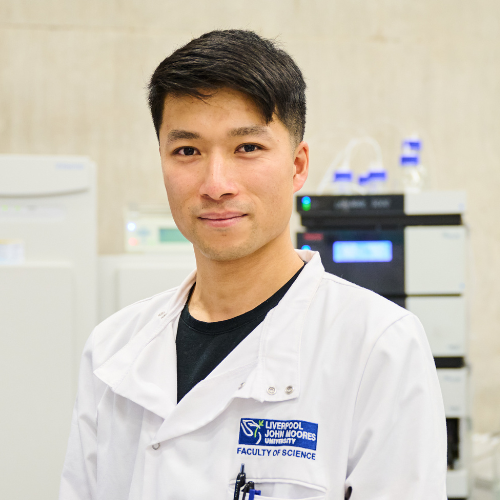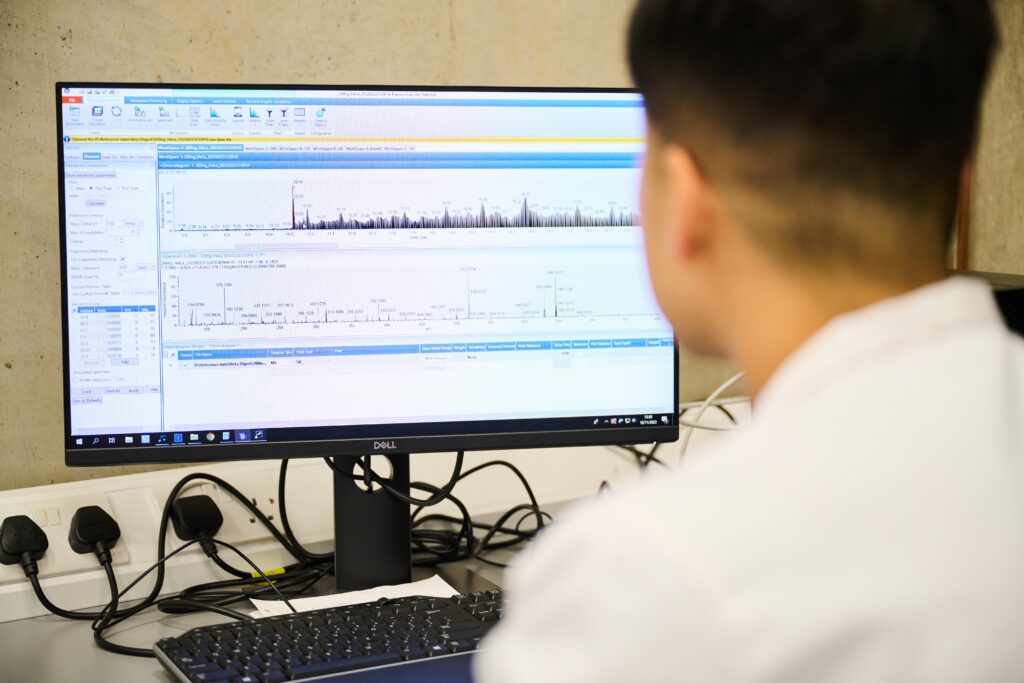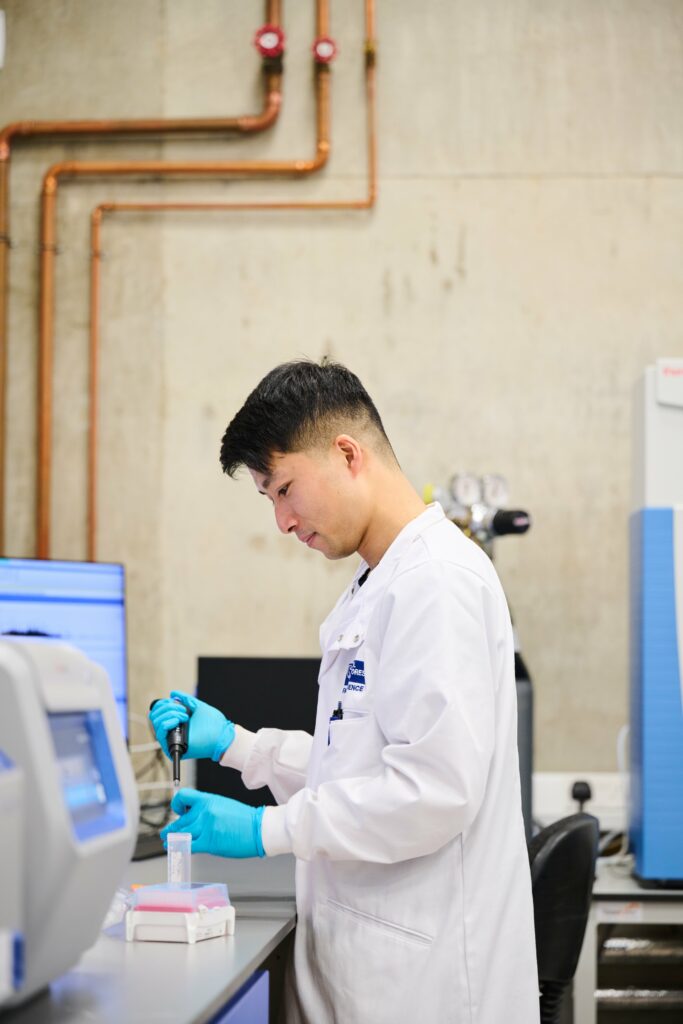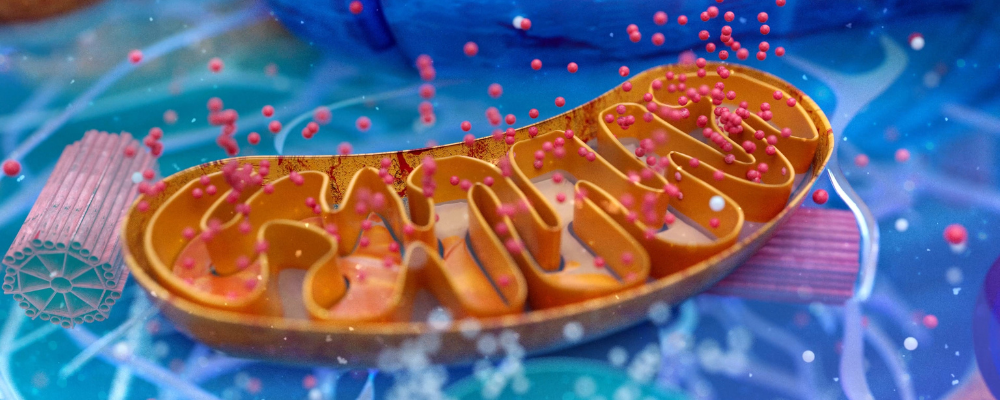
Why I applied for the Unlocking Futures Fund
Grant awardee, Yusuke Nishimura, trained vital research skills to explore muscle ageing
Dr Yusuke Nishimura, Sport and Exercise Sciences at Liverpool John Moores University, UK
Dr Yusuke Nishimura is a Postdoctoral Research Associate in Muscle Proteomics within the Cellular & Molecular Physiology of Lifelong Health (CaMP-LH) research group, led by Professor Jatin Burniston at the Research Institute for Sport and Exercise Sciences (RISES) at Liverpool John Moores University, UK.

How is skeletal muscle mass regulated? To uncover novel mechanisms in skeletal muscle ageing, member Yusuke Nishimura, sought training opportunities to develop his bioinformatics skills. As an awardee of The Society’s Unlocking Futures Fund, Yusuke shares how he used the funding to enhance his data science skills to study the complex mechanisms and dynamics of muscle ageing.
Pursuing a career in exercise and health
My journey into the field of physiology started with an interest in becoming a PE teacher, which led me to pursue BSc in Sport and Health Sciences at Ritsumeikan University in Shiga, Japan. However, during the second year of my undergraduate studies, my path took a pivotal turn when Professor Satoshi Fujita sparked my interest in research, and I decided to shift my focus from becoming a PE teacher to pursuing scientific inquiry.
Since then, I have developed a strong interest in understanding the molecular mechanisms that regulate skeletal muscle mass, particularly in the contexts of exercise and ageing. To further explore these areas, I pursued MRes and PhD training at the University of Birmingham, UK, under the guidance of Professor Leigh Breen, Professor Lars Holm, and Dr Yu-Chiang Lai.
More recently, Professor Jatin Burniston at Liverpool John Moores University, UK, introduced me to mass spectrometry-based proteomics, a technique that has broadened my research capacity. My current research focuses on using a proteomics approach to uncover novel mechanisms in skeletal muscle ageing and conditions, such as Facioscapulohumeral Muscular Dystrophy (FSHD). Proteomics approach opens new avenues for potential therapeutic interventions.

Developing skills in bioinformatics
I trust that omic analysis holds significant promise for the future of physiology. Proteomics, which involves the comprehensive study of proteins in biological samples, like skeletal muscle tissue, is key to understanding their functions, structures, interactions, and regulation. Bioinformatics, an interdisciplinary field that combines biology, computer science, mathematics, and statistics, is crucial in proteomics. It provides the tools necessary to extract meaningful biological insights from huge data generated by proteomic experiments.
Together, proteomics and bioinformatics significantly advance our understanding of skeletal muscle physiology. However, as a muscle physiologist, I find bioinformatics to be a challenging area, mainly due to the lack of specialised training available in traditional Sport and Exercise Sciences degree programs. Recognising this gap, I have been actively seeking training opportunities to develop my bioinformatics skills, which are essential for advancing my research career, so I applied for the Unlocking Futures Fund.


Tackling questions on muscle ageing
I attended the ‘R for Beginners’ and ‘R for Data Science’ courses offered by the Computational Biology Facility at the University of Liverpool, UK. My goal was to bridge the gap between physiology and bioinformatics, enabling me to tackle the complex mechanisms of skeletal muscle ageing using advanced Dynamic Proteome Profiling, a new and unique technique developed by Professor Jatin Burniston.
These courses provided me with a solid foundation in bioinformatics using R, which has been crucial for my work. I am now capable of handling big data analysis independently, including tasks such as data tidying, statistical analysis, and effective data visualisation. This training has significantly enhanced my ability to analyse and present large datasets, making it easier to explain complex omics data in scientific manuscripts and presentations.
Additionally, I have recently established a phosphoproteomics pipeline that would not have been possible without this training. This new pipeline will be instrumental in analysing samples related to muscle ageing and will complement the Dynamic Proteome Profiling.
Investigating mechanisms and dynamics
As part of my work within the Cellular & Molecular Physiology of Lifelong Health (CaMP-LH) research group, we completed a pilot study funded by the Medical Research Council (MRC) and Biotechnology and Biological Sciences Research Council (BBSRC) Ageing Research Translation (ART) of health ageing network. We investigated interactions between age (Younger vs. Older), time (Pre vs. Post), and intervention (Exercise vs. Control), using bi-lateral muscle biopsies on four young and four older men before and after a two-week unilateral resistance exercise training and deuterium oxide consumption. We generated 32 muscle samples for the Dynamic Proteome Profiling.
We measured the abundance of 1768 proteins and the synthesis rates of 765 proteins in all muscle samples from each participant. Subunits of eukaryotic initiation factor 3 (eIF3) (an essential complex for protein synthesis) were more abundant in older muscle, whereas the subunits of the 40S and 60S ribosomal proteins (major machine components in protein synthesis) were less abundant in older muscle. We found that resistance exercise increased the synthesis of key mitochondrial proteins, specifically in the muscle of older adults. Our data highlights a potential imbalance in eIF3 that may impact mitochondrial proteins in the muscle of older adults.
We presented our data at the Healthy Muscle Ageing Conference (HMAC) organised by the CaMP-LH group in September 2023, which was attended by 100 delegates from 14 UK universities, as well as from institutes in Europe and North America.
Pushing the boundaries
Omic analysis is a vital tool for physiologists, offering unparalleled insights into the complex mechanisms of muscle ageing. To truly unlock these insights, collaboration across disciplines is essential. By combining diverse techniques and expertise, we can push the boundaries of our understanding and uncover novel mechanisms driving muscle ageing.



